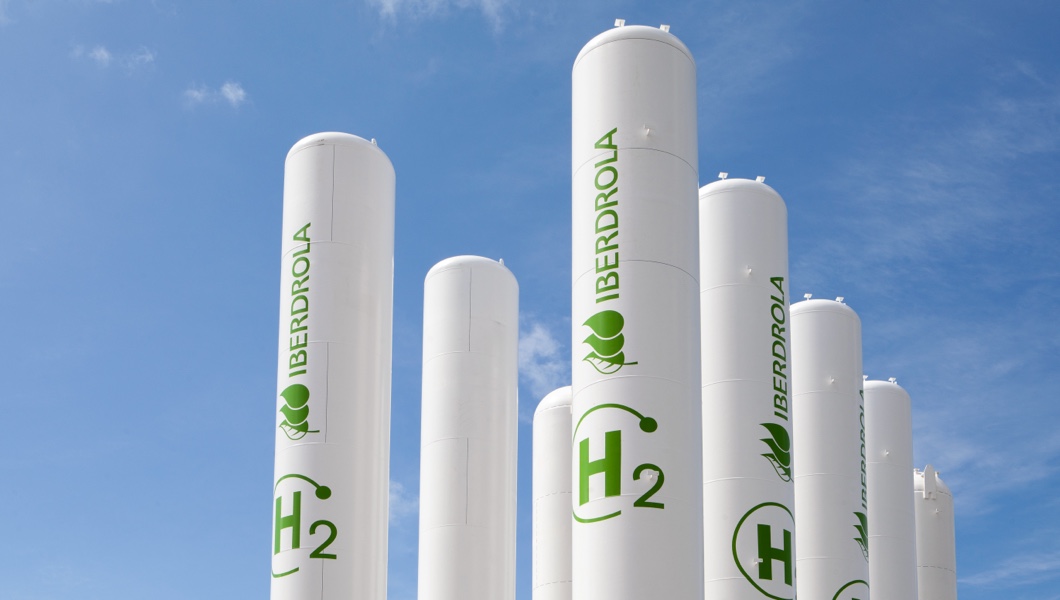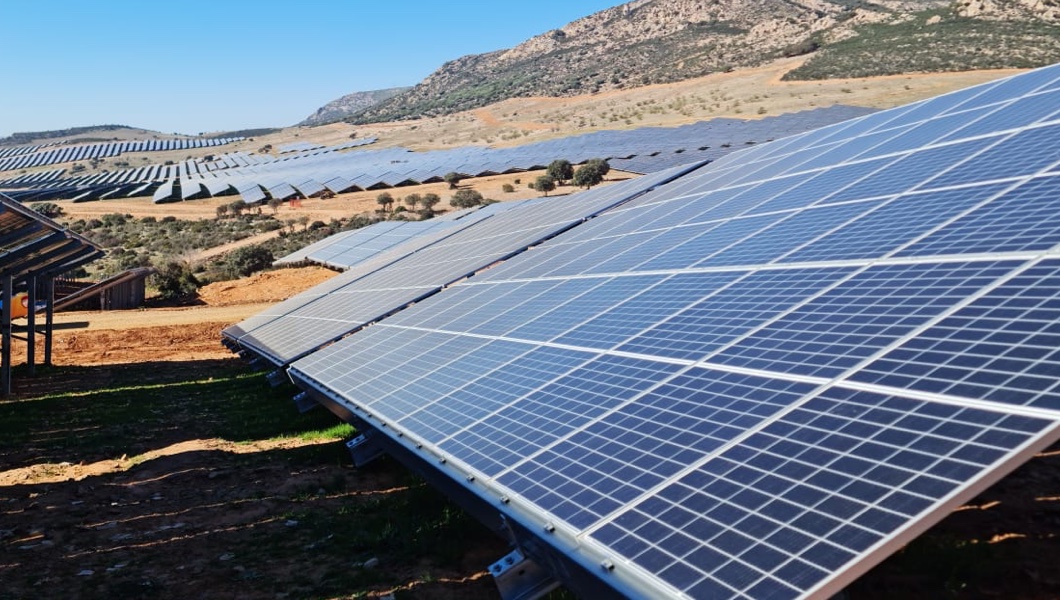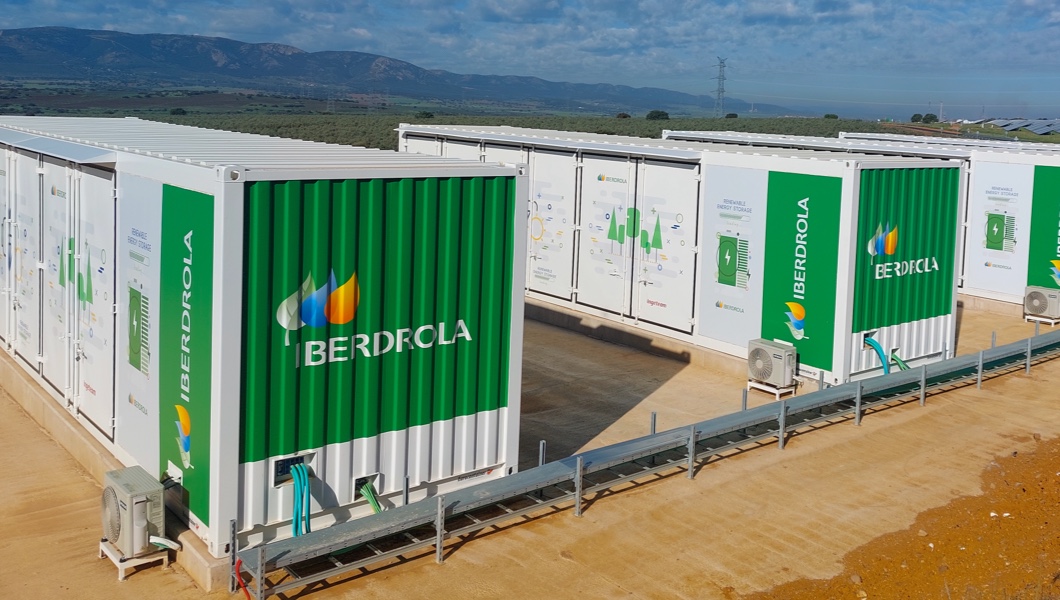Creative innovation to harness the wind and sun
Cutting-edge equipment and continuous technological improvement enable us to transform renewable energy sources into alternating current for homes and businesses alike
According to the U.S. Office of Energy Efficiency and Renewable Energy, if all the sunlight that reaches the Earth in just 90 minutes were harnessed, it could generate enough energy to power the world for an entire year. The Sun not only has this immense potential, but it also affects our atmosphere, leading to variations in surface temperatures. This, in turn, causes air movement and the formation of wind — another valuable energy source.

Investment

Local jobs

CO2 avoided emissions 1
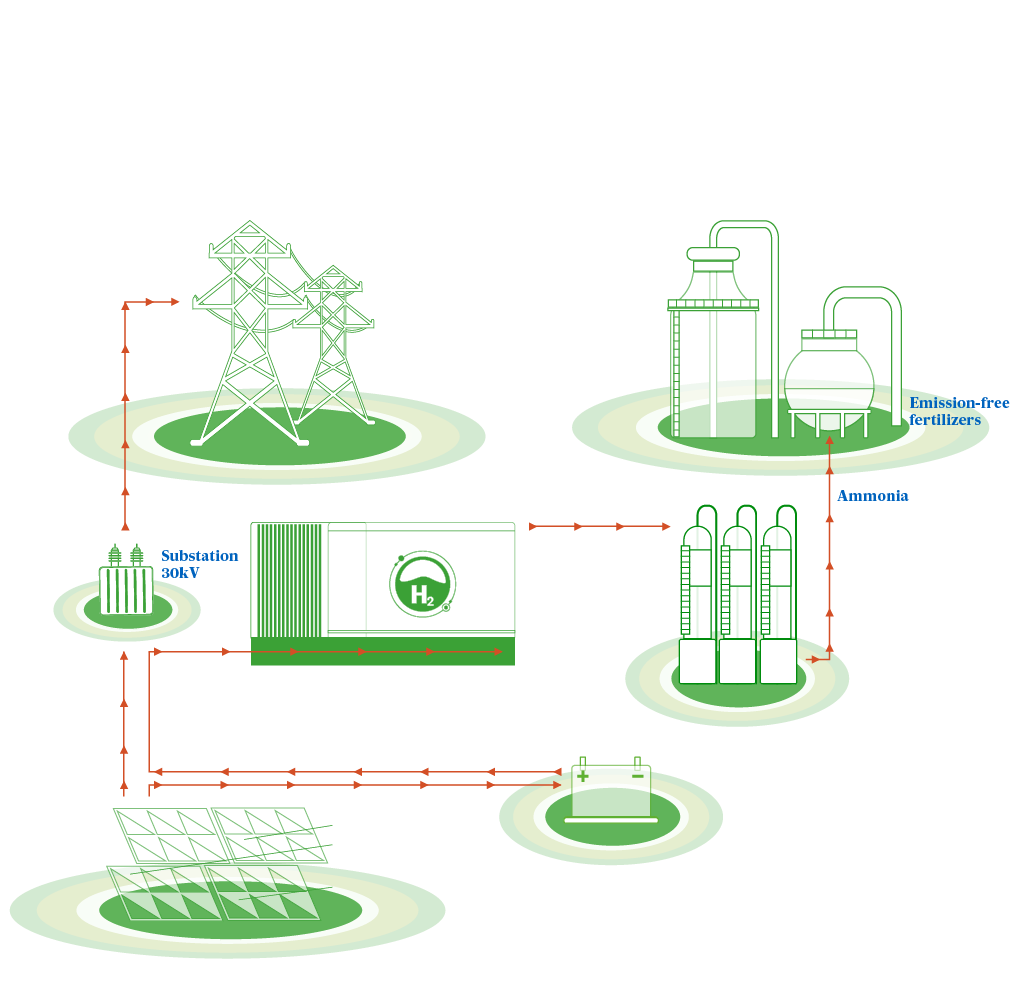
Source: Iberdrola, 2023
Technology is constantly improving, making it easier to capture and utilize unlimited emissions-free resources. This gradual shift is transforming the U.S. energy landscape, making it cleaner and greener.
Solar energy, wind power and storage batteries continue to expand their capacity each year. According to the Energy Information Administration’s (EIA) forecasts, these three technologies will contribute over 80% of the new large-scale generation capacity in the country by 2023.
Of the total large-scale generation installed in the first half of 2023, a whopping 35% was contributed by solar energy, followed by wind at 19% and battery storage at 11%. This data highlights the significant role solar power plays in the energy landscape, making it a prominent and sustainable source of electricity.
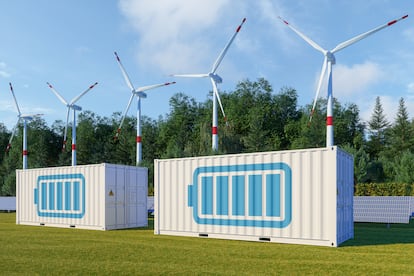
Pedro Azagra is CEO of Avangrid, a member of the global Iberdrola Group and leading sustainable energy company which owns and operates 8.7 gigawatts of emissions-free installed capacity across the United States, including solar and wind.

"To accelerate the country’s clean energy future, there is a need to make investments in both networks and renewables. Where? In clean generation, smarter grids, and innovative solutions for the customers. That’s the package in which we are focused.”
Pedro Azagra
This executive explains that Avangrid is making these investments to modernize the grid “to enhance reliability and resiliency and to support the decarbonisation of the communities that we serve.” The company aims to position itself as a leader to the renewable transition.
But how exactly do solar and wind energy contribute to decarbonization, the process of reducing carbon emissions in the atmosphere? And, more importantly, how reliable are these sources of energy?
Jorge Pedrón, the chief operating officer for Avangrid Renewables, describes generation mechanisms as being both “simple and complex.” While these technologies have been around for a long time, he says they have “significantly progressed in the past 20 years.”
Solar or photovoltaic energy, explains Pedrón, is generated “when sunlight reaches the solar panels. The panels absorb the light, generating electrical charges within the cells. These charges respond to an electric field, resulting in the flow of electricity.”
Solar modules are made of various materials, primarily polysilicon. When these materials are exposed to light, they release electrons and generate a direct electric current. “To convert this direct current to alternating current, which is what consumers use, a device called an inverter is needed,” said Pedrón.
When it comes to wind energy, wind turbines equipped with blades enable us to capture the immense power of the wind and convert it into alternating current. “In most cases,” said Pedrón, “there’s a gearbox between the rotor and the generator that ramps up the rotor speed of around 30 RPM (revolutions per minute) to the required 1,800 RPM. The generator is the one in charge of converting the high-speed mechanical rotational energy into electrical energy.”
The wind turbines within a wind farm are interconnected by cables that efficiently transmit electrical energy to a transformer substation. From there, this energy is distributed to users through extensive networks, ensuring a reliable and sustainable power supply. Technological progress has significantly enhanced the efficiency of these processes, with the potential for further improvements in the future.
In the mid-1950s, the first silicon photovoltaic cell only achieved 5% efficiency. That is, they converted 5% of solar energy into electricity. Today, technological advances have raised this efficiency to over 25%. Researchers are now exploring the possibility of combining perovskite, a mineral that absorbs a different type of light, with silicon to potentially increase efficiency to around 30%. In addition, there are double-sided solar modules for improved effectiveness, and efforts are underway to enhance inverter capacity.
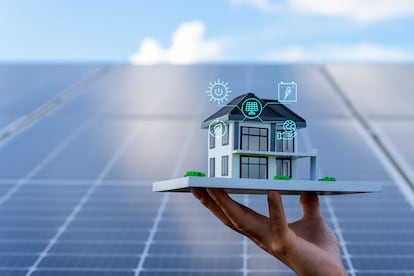
When it comes to wind energy, Pedrón highlights numerous innovations in wind turbine technology. These turbines now stand taller than ever, reaching heights of 100 yards or more. Additionally, the blades are now much longer, ranging from 20-80 yards. “They are now much more efficient in areas with low wind speeds.”
The software to control the turbines is now much improved and enables better responsiveness to fluctuations in wind conditions. “Now we can accurately predict the production in a plant for several days ahead, as well as in the long term.”
Solar and wind power play crucial roles in generating carbon emission-free electricity. Although their output is intermittent and weather-dependent, periods of low or no production can be overcome by integrating and balancing energy output from alternative wind and solar fields, other power sources, and through storage solutions. Pedrón likens his operational role to that of an orchestra conductor. While there may not be any sheet music to follow, there’s a growing emphasis on “precise forecasting to synchronize and balance various energy sources effectively.”
When it comes to energy storage — a critical aspect — technology is continuously evolving. However, there are challenges in the country’s supply chain that need to be overcome for large-scale storage plants to become widespread. The Solar Energy Industries Association (SEIA) notes several obstacles to developing a robust battery storage manufacturing sector: cost competitiveness, limited access to certain raw materials, and the need for technical expertise and a larger, more diverse workforce.

“It’s undeniable that strategic investments in the supply chain are crucial for establishing a foundation for energy storage, which is imperative for the energy security of the United States,” said SEIA President Abigail Ross Hopper.
Another topic that remains unresolved is the transmission of electricity produced by solar panels and wind turbines. “Solar and wind power can be expanded significantly in the U.S. because there’s plenty of available land for it,” said Pedrón, “but developing new sustainable energy projects won’t help much if there’s no transmission infrastructure to deliver it to the consumer.”
One of the challenges is that new energy sources are often situated in remote areas with strong, steady winds or abundant sunshine, like the deserts of New Mexico, the Atlantic Ocean, and the prairies of Minnesota. These places are often far from urban areas or communities where electricity is in demand. As a result, the development of a comprehensive and expanded transmission network becomes necessary.
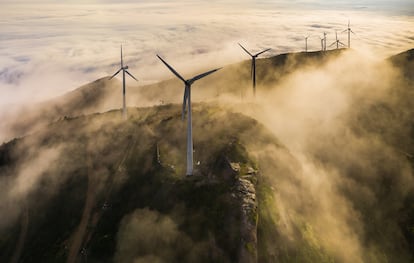
Currently, three transmission networks exist: one in the west, another in the east, and a third in Texas. However, these networks have limited connectivity and share minimal resources. To meet the growing demand for energy and effectively connect energy sources with distant consumers, expansion and multiplication of these networks are imperative. According to estimates by the U.S. government, if every car in the country had been electric in 2019, the country would have consumed 20%-50% more electricity that year.
According to the SEIA, the electric grid needs to double or even triple in size over the next 15 years if we want to keep pace with electrification demands and accommodate the influx of renewable energy. This ambitious goal will require an estimated investment of approximately $2 trillion by 2050.
Achieving emissions reduction goals requires more than just financial resources. “It’s crucial to develop infrastructure with increased agility,” said Pedrón. “Prolonged timelines for transmission projects, which are vital for achieving clean and self-sufficient electricity generation, are not feasible for the country.” To speed up progress, Pedrón highlights the importance of efficient administrative processes that involve multiple levels of government and regulators.
Credits
Sign up for our weekly newsletter to get more English-language news coverage from EL PAÍS USA Edition


